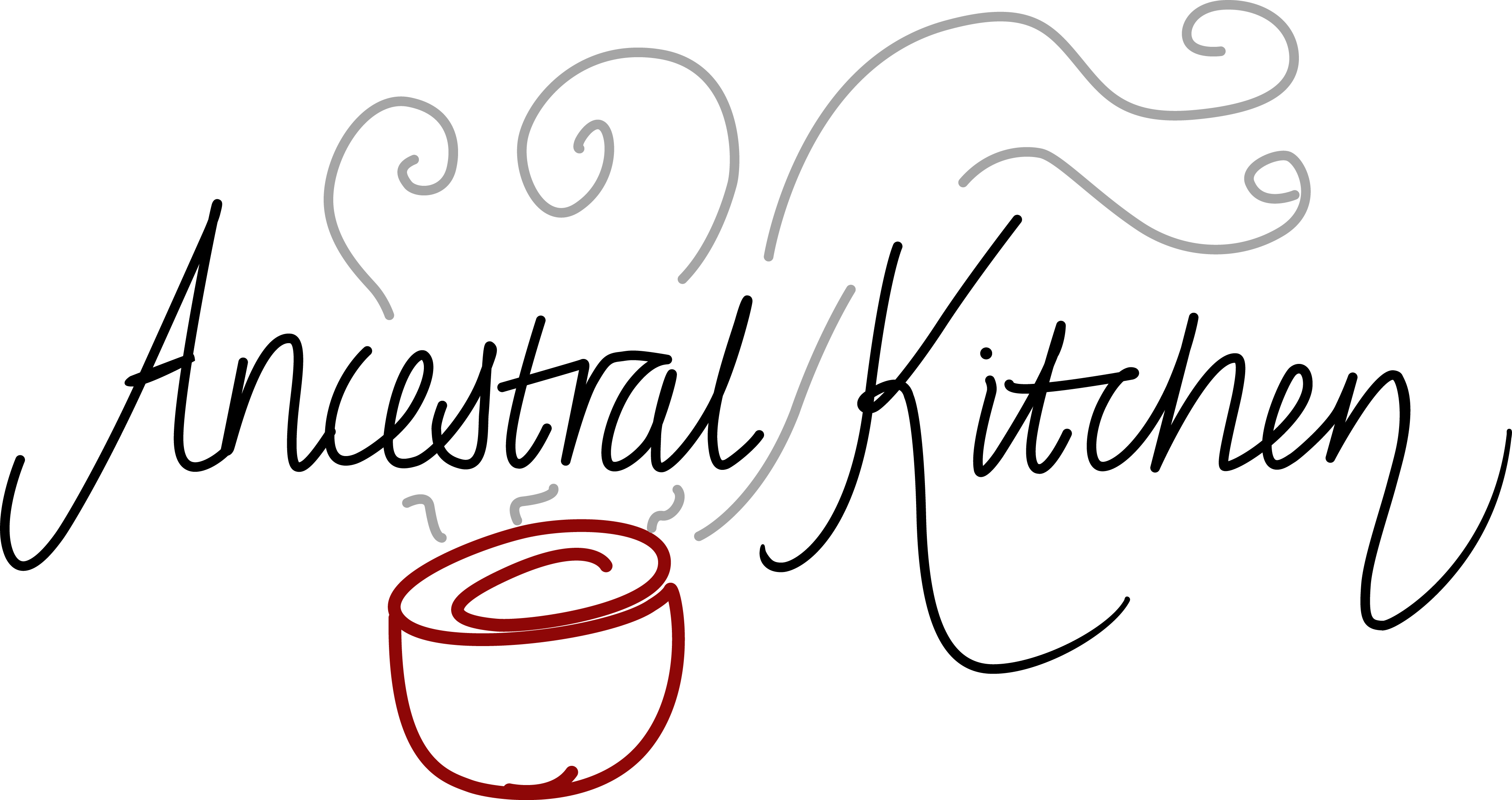Yes, this is actually what my fermenting garlic looks like. Gorgeous, eh?! I got clear on what this colour-change is (the allicin reacting with the fermentation acids) thanks to @savage.craic who does a whole lot of interesting ferments. . Seeing colour changes like this in my ferments makes me feel even more like an alchemist! I like that :-) . If you don’t ferment garlic, I totally recommend that you give it a go. Peel the cloves, chop the big ones, cover with a brine (5g salt to 1 cup water is what I use) and find a way to keep the cloves under the brine level (using a cabbage leaf here). . Then pop the jar in a corner for it to hide for 6 weeks and you’ll have a wonderful stash of cloves that aren’t as strong as raw garlic, but haven’t been as ‘denatured’ by the cooking process (which destroys the medicinal powerhouse, allicin).
Yes, this is actually what my fermenting garlic looks like. Gorgeous, eh?! I got clear on what this colour-change is (the allicin reacting with the fermentation acids) thanks to @savage.craic who does a whole lot of interesting ferments.
.
Seeing colour changes like this in my ferments makes me feel even more like an alchemist! I like that 🙂
.
If you don’t ferment garlic, I totally recommend that you give it a go. Peel the cloves, chop the big ones, cover with a brine (5g salt to 1 cup water is what I use) and find a way to keep the cloves under the brine level (using a cabbage leaf here).
.
Then pop the jar in a corner for it to hide for 6 weeks and you’ll have a wonderful stash of cloves that aren’t as strong as raw garlic, but haven’t been as ‘denatured’ by the cooking process (which destroys the medicinal powerhouse, allicin).










